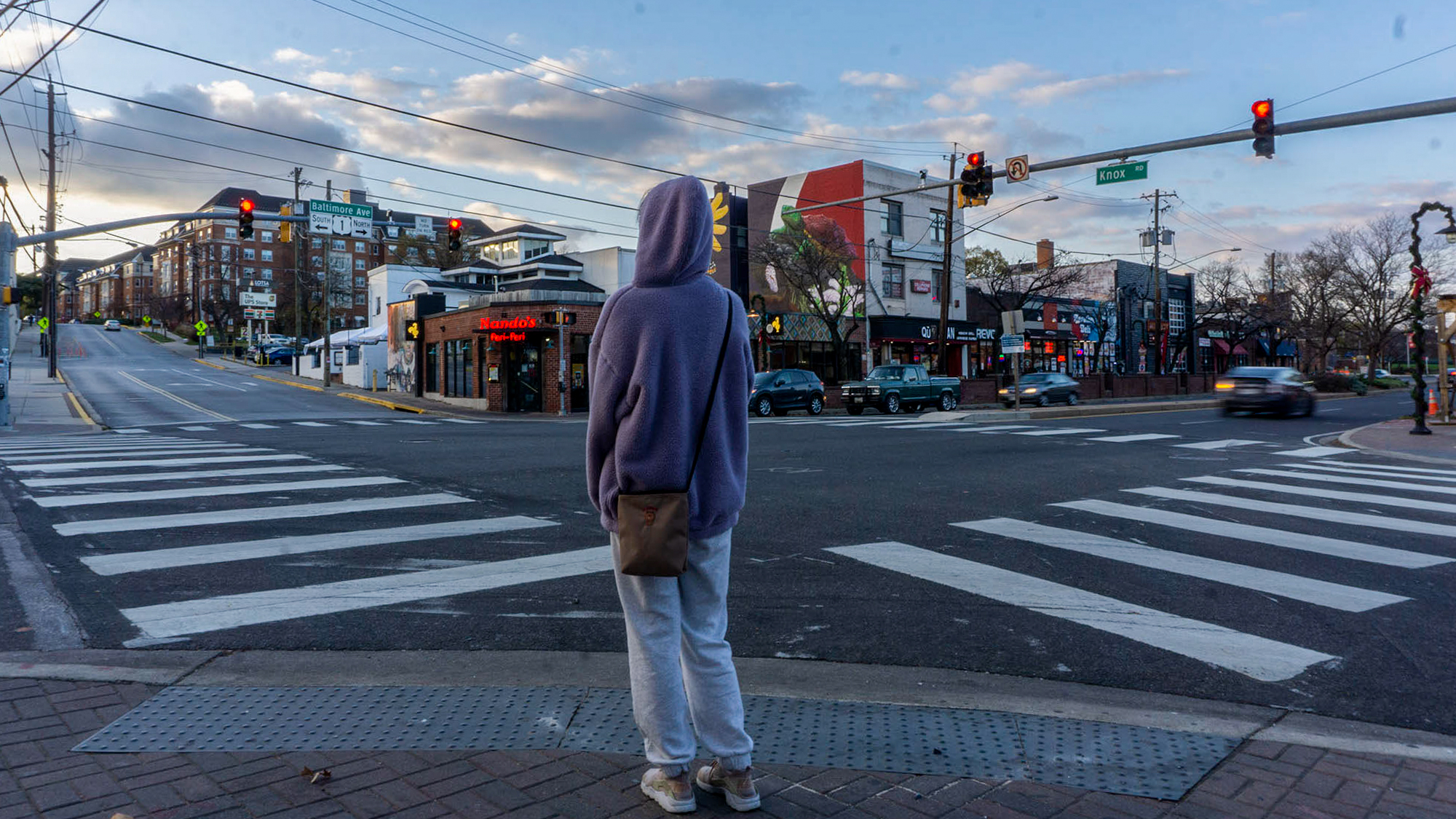The Small Business Anti-Displacement Network, an initiative founded by the National Center for Smart Growth at the University of Maryland, developed a toolkit last month that provides resources for small businesses affected by gentrification.
The toolkit outlines 34 policy and community oriented solutions to cater to businesses from varying economic backgrounds, according to Dr. Willow Lung-Amam, an associate professor of urban studies and planning and director of community development for the National Center for Smart Growth.
“What might be right for one community will not be right for another,” Lung-Amam said. “And so what we want to do is to put the best things out there and help people figure out what is best for them and how they can push it through their own networks and in their own communities.”
Many businesses along the Purple Line corridor are family and immigrant-owned and are often overlooked by assistance programs, said Manuel Ochoa, who founded a firm that works with the Purple Line Corridor Coalition and Small Business Anti-Displacement Network. This makes it especially important to lift up those communities and provide user-friendly resources.
One of the most relevant tools for businesses around the Purple Line is construction disruption assistance, Ochoa said. Businesses are financially impacted when they are surrounded by construction for weeks at a time or need to shut down periodically for construction.
[‘Not just a business’: Community members reel from sudden closure of Bagel Place]
“These businesses tend to try to stay open in the construction, but then people still have a hard time getting to them, and so their sales come down,” Ochoa said.
Construction disruption assistance could help businesses allocate funds toward signs that inform customers the business is still open or toward legal assistance that helps businesses understand their rights and responsibilities during construction, according to the toolkit.
The toolkit’s solutions are policy and community organization-based, meaning they require action from legislators and community leaders. By building capacity and knowledge around what small businesses need, Lung-Amam hopes to encourage business and community leaders to act.
“What we can do is to bring advocates that work in those areas on the ground,” she said. “We’re bringing the knowledge to the table, we’re bringing the data to the table, we’re bringing the network of people from across the country that all share similar interests and similar concerns and saying, ‘How do we do this in different places?’”
Javier Rivas, a small business development program manager at the Latino Economic Development Center, also works with businesses along the Purple Line. He thinks the toolkit would be particularly helpful for organizations and stakeholders that put action into policy.
Rivas is encouraged by the toolkit and believes that with more effort, the toolkit could serve as a resource for business owners who need immediate help, and point them to technical assistance providers.
[What’s new, what’s coming, what’s moving: The business scene in College Park]
“It’s not something that is accessible to a business owner, yet,” Rivas said. “From when I look at it now, the way the toolkit is structured, it’s more for both stakeholders and … service organizations and governments.”
Bobby Boone, the founder of a real estate consulting firm, works with small businesses in the Washington, D.C., area. He believes technical assistance, which involves helping businesses navigate the real estate market, along with financial and legal help, is key to sustaining businesses in communities like Washington, D.C., where rents are rising rapidly.
Other resources businesses might be able to take advantage of include community land trusts — organizations that could help businesses buy property — and legacy business preservation programs, which could provide tax credits for businesses that have stayed in a community for a long period of time.
Boone also pointed out the collaboration methodology behind the toolkit is particularly useful because there is no “silver bullet” solution to addressing small business displacement.
“Being able to understand those nuances is important,” Boone said. “You can’t expect one policy to be able to address all the inequities in the system.”



